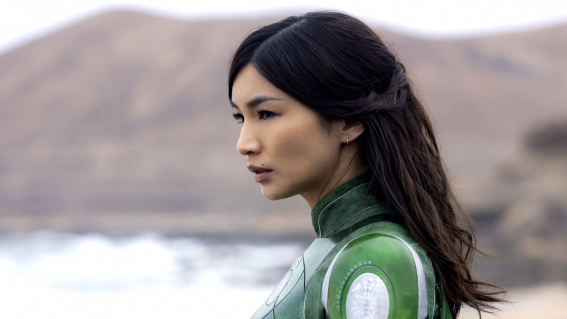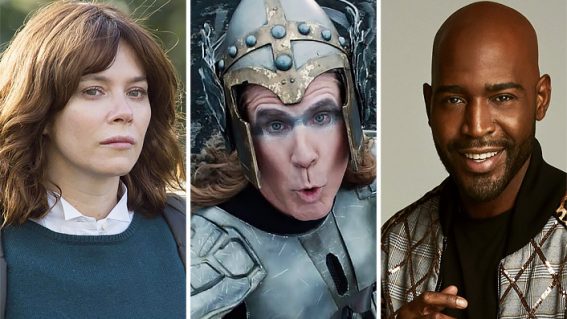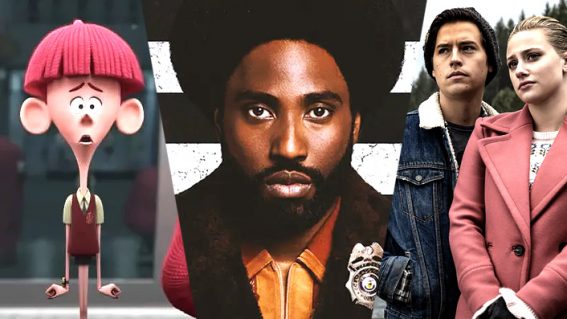What Netflix’s magnificent The Dark Crystal: Age of Resistance is really about
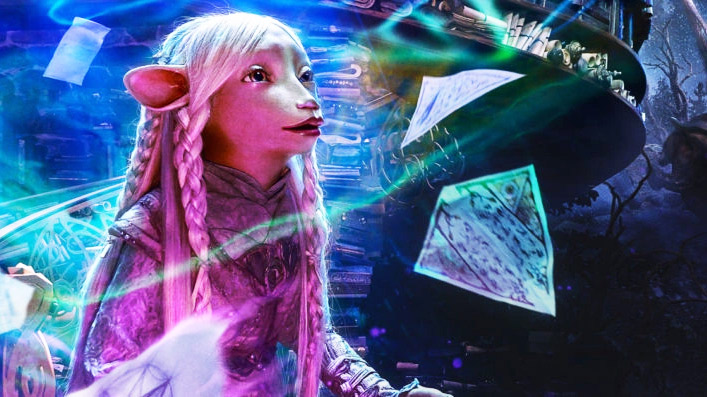
Netflix’s new Dark Crystal prequel series isn’t just a magnificent and strikingly beautiful fantasy. It is also a powerful political statement about how human beings should respond to the climate crisis, writes Luke Buckmaster.
The Dark Crystal: Age of Resistance is based on a planet where the energy source is fading and life cannot sustain itself unless drastic measures are taken. The unperturbed ruling class ignore demands to change their ways, despite pleas from learned parties warning that urgent change is needed. At one point a political leader hears a scientist using ghastly tactics – called logic and reason – to argue his case, and responds by belligerently denying that any such emergency exists in the first place.
Does this – how do I put it – remind you of anything in the news lately? Anything relevant to the human experience in these dark and troubled times? Perhaps something related to Planet Earth currently experiencing a sixth mass extinction?
When it comes to wacky theories about the “true” meaning of various films and TV shows – attained by digging deep into subtext and interpreting the symbolic significance of, say, a shadow on the wall, or the colour of an actor’s eyeliner – I admit to having come up with a few doozies over the years. All of which I stand by 110%, of course, because by my cold dead hands will I give up on the idea that the testicle-dangling chin sequence from Movie 43 is actually a sly commentary on audience preconceptions in gross-out comedies.
If a critic needs to don a pair of interpretative lenses to illuminate these not necessarily, shall we say, shared readings of a cinematic experience, those lenses would not have to be strong to observe that Netflix’s 10 part Dark Crystal prequel series – a magnificent, awe-inspiring production – is about an energy and ecological crisis. You could watch it with a potato sack over your face and that would still be obvious. The core of the show concerns an existential threat to life on a distant planet, Thra, where an obnoxious race of advanced beings are sending the natural world into oblivion.
Consumption and catastrophe: ‘The more we take, the less it gives’
In a pre-title introductory sequence, a narrator explains that the titular crystal provides the planet’s power source. On Thra various climates and creatures “existed in perfect balance” until the arrival of the Skekskis – a race of bird-like reptiles whose long beaks and distinct noises burrowed their way into the nightmares of countless children, following the release of the original film in 1982.
The Skeksksis brought with them invention and technological progress. They took control of the planet’s power source – then bled it dry. Some of them came to recognise that the planet and its power source, to use the words of one learned Skekskis, “are one and the same. But the more we take, the less it gives. All our survival is at stake.”
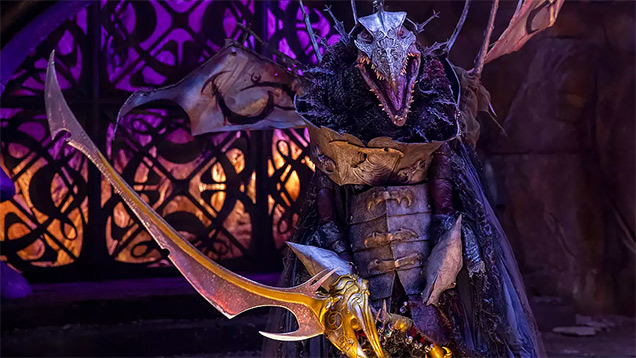
In the scene mentioned in the opening paragraph, the scientist is skekTek (voice of Mark Hamill) and the political leader is skekSo (voice of Jason Isaacs), the Emperor of Thra. SkekSo is intent on continuing to consume a power supply known as “essence,” though skekTek pleads with him to take a wider perspective. “I beg you to reconsider,” he says. “The more essence we consume, the weaker the crystal grows. The greater the imbalance, the faster the Darkening spreads.”
This conversation arrives several episodes in. By then it is abundantly clear what the Darkening is and the existential danger it poses (in a nutshell: it turns natural landscapes into decaying wastelands). Which makes the Emperor’s cantankerous reaction shocking and yet, sadly, given our real world experiences with comparable fiends and fools (from Donald Trump to Scott Morrison – take your pick) eerily plausible. He thunders back, reflecting the empty minds and reckless naysaying of real-world climate denalistists, “There is no darkening!”
Never losing sight of the natural world
Age of Resistance has a beautiful, tactile kind of artifice, with stunning sets and puppets meticulously crafted by the Jim Henson Creature Shop. To say that director Louis Leterrier never loses sight of the natural world is to put it lightly. There are too many glorious, landscape-scouring longshots to count, which have a great sense of motion – swooshing above lush green grass and across hills, mountains, valleys, deserts. From start to end the series feels magically outdoorsy.
More importantly, the success of the characters’ attempts to save the planet (more on that in a moment) is linked to the practices of indigenous cultures. At one point a key character, Aughra – an elderly indigenous lady who embodies the essence of the world and represents all its races – stomps and chants around a sacred old tree, engaging in an ancient routine. She is attempting to transport the characters to a place known as Dream Space. Like the Dreamtime in Australian indigenous culture, it exists outside conventional understandings of place and time.

Age of Resistance points to the wisdom and custodianship of traditional owners of the land, reflecting something neglected in our real-world conversations about the climate crisis. “Indigenous peoples and the role they may play in combating climate change are rarely considered in public discourses on climate change,” says this United Nations report, which highlights innovative ways that indigenous people around the world have responded to the climate crisis, including the construction of floating vegetation gardens in Bangladesh and the planting of dense mangroves along the coast of Vietnam.
It’s time for rebellion
But the core of Age of Resistance, and its key take-out message on how to deal with the real-world climate crisis, lies in that last word in the title: resistance. An even better word would have been: rebellion. At the conclusion of the intro sequence, the narrator doesn’t mince words when she states what is needed to save Thra and restore it to stability. Accompanied by an image of the Dark Crystal tied up and chained, in a Skeksksi lair, she says: “The truth must come to light. The fires of rebellion must be lit. And a new age must begin.”
As soon as I heard that, the headline of a George Monbiot op-ed written for The Guardian came to my mind: “Only rebellion will prevent an ecological apocalypse.” So did the words of Roger Hallam, one of the founders of the socio-political movement Extinction Rebellion: “If we don’t work together, we are going to die together.”

If the temperature on earth increases by two degrees, which many scientists believe will almost certainly happen, the earth faces the reality of feedback loops, which make an already catastrophic situation worse – with irreversible consequences. There is new evidence every week, if not every day, of our support systems on earth collapsing, the real-life equivalent of a Darkening spreading across the planet. The solution to addressing climate change exists – renewable energy – and is so simple even a child could understand it. But the political will does not, with many of our leaders acting as stooges for the fossil fuel industry.
Just as the Skekskis tell lies to keep the population under control, our political leaders also commit deplorable acts of denial and obfuscation. That is why people are taking to the streets and protesting, as well as performing various acts of civil disobedience, with increasing frequency. If we’re all going down, it’s not without a fight.
The truth, as one inspiring person put it, is that “our world is dying (and) we all have a part to play in restoring the balance.” Right on. That person, by the way, is not from our world. Her name is Aughra, and she lives on planet called Thar.



